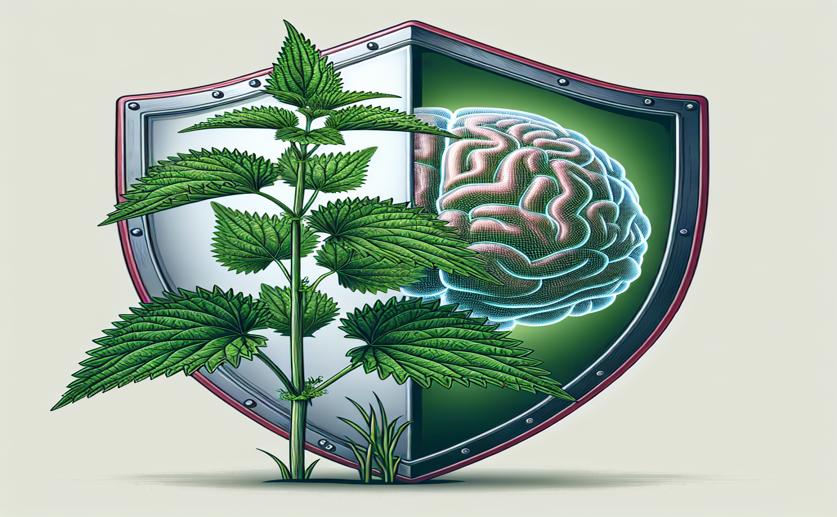
How Nettle Extract Shields Brain Damage from a Common Food Additive
David Palenski
8th February, 2024

Image Source: Natural Science News, 2024
References
Main Study
1) Protective effects of Urtica dioica on the cerebral cortex damage induced by Potassium bromate in adult male albino rats.
Published 3rd March, 2024 (future Journal edition)
https://doi.org/10.1080/01913123.2023.2287664



 24th January, 2024 | David Palenski
24th January, 2024 | David Palenski